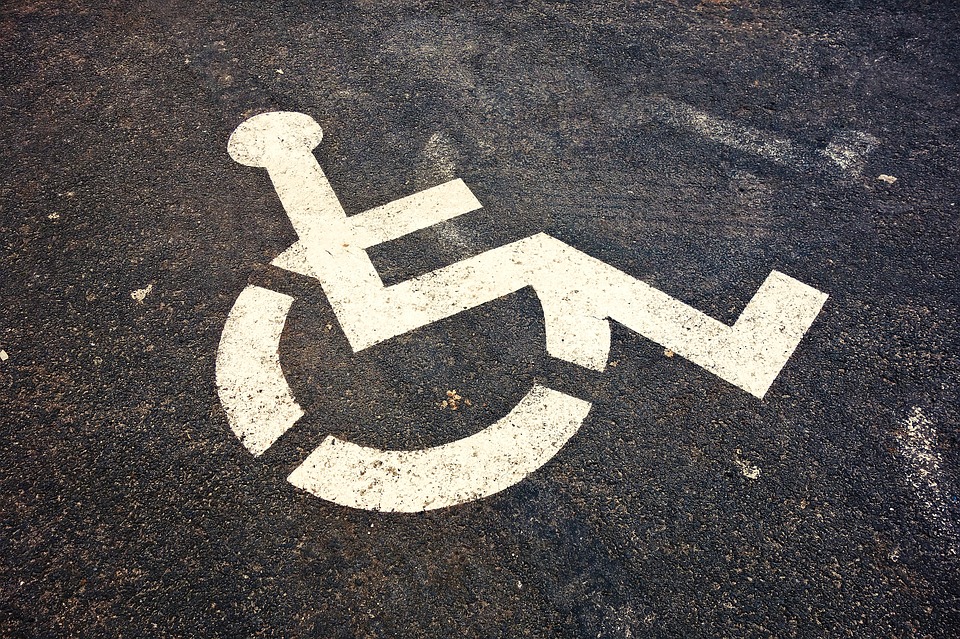Introduction to Accessible Parking Spaces
Accessible parking spaces are essential for people with disabilities. When designed the right way, accessible parking spaces allow drivers to reach the entrance of a building without hassle, a common reason why they are located directly next to a building. When this is not the case, marked crossing areas are typically provided.
Accessible parking spaces for vehicles
Designated accessible parking spaces are meant for disabled drivers in a standard vehicle. They can be commonly identified by a sign that marks their location, level groundwork for steady wheelchair paths, aisles next to the parking space for added room, etc.
The idea is to give a person using a wheelchair or other assistive devices enough room to enter or exit the vehicle. These parking spaces are also useful for people recovering from an injury or using crutches for a short period of time. People with any kind of physical disability can park in these spots.
Such spaces must offer the shortest route to the entrance of a facility, accommodating wheelchairs without making it difficult to navigate them. Commonly identified by the presence of a sign, accessible parking spaces may also differ in size and other factors. Such spaces often have unique identifying factors to help motorists make courteous and efficient parking decisions.
Accessible parking in the West
Under the Americans with Disabilities Act (ADA) 2010, the minimum number of accessible parking spaces required depends on the total number of parking spaces in the lot. One of every six accessible parking spaces must be “van-accessible.” For instance, a facility with 400 spaces needs eight accessible spaces, two which should be van-accessible.
Accessible parking spaces should connect to the shortest accessible route to a building. If a parking lot serves multiple buildings, a dispersion of such spaces is required to help motorists park near as many accessible entrances as possible. For instance, if a mall has fifteen stores, each with a separate entrance, housing one large parking lot with 1000 spaces. The twenty accessible parking spaces (as mandated by ADA) should be dispersed to give people an option to park close to the different stores.
ADA also specifies guidelines on minimum dimensions for accessible parking spaces. They should be eight feet wide; van-accessible spaces eleven feet wide. Access aisles that allow individuals to deploy vehicle-mounted wheelchair lifts or use mobility devices such as wheelchairs must be five feet wide. The surface of accessible spaces should be smooth and level in all directions to ensure the safety of use.
Such spaces must also be identified by signs with the International Symbol of Accessibility, which should be mounted such that the lower edge of the sign is at least five feet above the ground to ensure visibility for motorists and enforcement officials.
Accessible parking in India
In India, while parking lots are supposed to reserve spots for the disabled, hardly ever are such spaces kept vacant. Staff routinely permits the general public to park at such spots. It is not uncommon to see physically challenged drivers to argue demanding for their space.
CPWD mandates accessible parking spaces according to the size of the parking lot:
1- 50: 1 accessible car park
51- 150: 2 accessible car parks
151 – 250: 3 accessible car parks
251 – 350: 4 accessible car parks
351 – 450: 5 accessible car parks
Above 450: 6 accessible car parks
CPWD guidelines also say directional signage showing the way to the parking spaces reserved for disabled persons should be provided. However, the guidelines don’t say anything about important specifications such as signage heights, the maximum distance of parking from entrance, van parking, head clearance, etc.
Insensitive, uninformed queries are routinely thrown at disabled persons in vehicles, increasing their daily inconvenience multifold. Busy train stations in metros rarely have friendly arrangements for differently-abled individuals. It is immensely crucial to think and engage in evolutionary discourse to change the circumstances of today.
Smart parking apps can work on designing and including provisions to book parking spaces beforehand so that the consumers, including those differently-abled, do not face the brunt of inadequate parking. Convenience, efficiency, and organized traffic are but a few benefits of taking the technology route to make our cities more livable, especially for the disabled.

